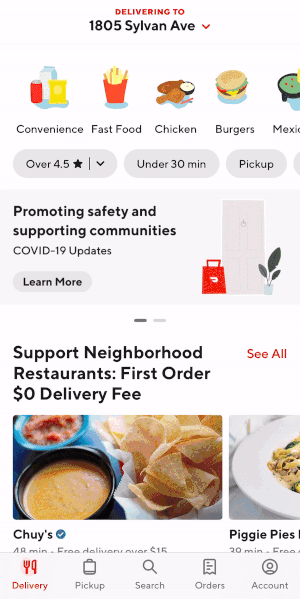Swiggy, one of India’s biggest food delivery services, announced this week it has raised $43 million as part of its ongoing Series I round. The round was led by existing investor Tencent, and new investors Ark Impact, Korea Investment Partners, Samsung Ventures and Mirae Asset Capital Markets. it brings Swiggy’s total funding to date to $1.42 billion and values the company at $3.6 billion, according to TechCrunch.
The round is also part of Swiggy’s ongoing efforts to expand its business from restaurant food delivery to include other items, including grocery, laundry, and other household items. The company says it will use the new funds to address market gaps in those areas.
Pre-pandemic, Swiggy was already headed in this direction. Two services, Swiggy Stores and Swiggy Go, launched in 2019 to deliver grocery, medicine, house keys, and many other items to customers within a one-hour timeframe.
With cases of COVID-19 on the rise worldwide, the company isn’t alone in branching out from restaurant meals — more services that traditionally peddled only restaurant food are widening the range of products they can deliver. DoorDash recently expanded its food delivery capabilities to include convenience-store items from 7-11, Wawa, and other such places. Postmates has a delivery partnership with Walgreens through which customers can get wellness products, medicines, and general household items.
Those examples are in the U.S., though. In India, expanding into new delivery categories could give Swiggy a competitive edge at a time when the entire country is on lockdown and most business is disrupted. However, Swiggy’s biggest competitor, Zomato, has also gotten hip to the potential profitability of delivering more than just restaurant meals. The service just announced Zomato Market, which identifies nearby grocery stores delivering goods and delivers items.
Zomato also bought Uber Eats’ business in India earlier this year, creating a two-man race in the India food delivery market. With 1.3 billion people in the country on lockdown right now, there are plenty of customers to go around. Post-pandemic, whenever that is, the market may become more of a race to see which service can better prove profitability.

















